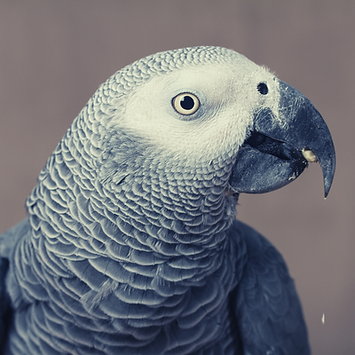Irina Sarchenko

BIRDS
are among the most threatened species on Earth
THE PAST
Almost 160 bird species have gone extinct over the last five centuries—more than any other class of vertebrates.
At least one bird species has been disappearing each year since Europeans started exploring and colonizing the globe in the 1500s. The researchers calculated it is 100 times faster than the natural rate. This rate has been faster in recent times. Increasing human impacts accelerated extinction in the 20th century. The predominant cause of species loss is habitat destruction.
The rate of bird extinction has been accelerating since mid 19th century
THE PRESENT
Today, birds see the greatest extinction risk among vertebrates across most continents.
The Main Threats to Birds
by number of species affected
THE FUTURE
Some 1,200 more species are likely to disappear during the 21st century according to some researchers.
Birds in these photos will soon face extinction if drastic conservation measures do not happen immediately. Sadly this is just a tiny portion of the bird population on the brink of extinction.

Kiwi
New Zealand

1,600 birds left

Kakapo
New Zealand

Population is a mere 142 birds

Snowy Owl
Arctic Region

85% decrease in population since 2003

Fruit Dove
Guam and the Northern
Marianas Islands

Predicted to disappear in no time

Northern Bald Ibis
Northern Africa and the Saudi Arabian Peninsula

Less than 500 surviving members

California Condor
USA

44 birds left in the wild

Great Curassow
Rainforests of Ecuador, Mexico, and Columbia

Critical population decline due to deforestation

Hooded Grebe
Chilean and Argentinian Patagonia

half of the population were exterminated by the invasive species -- American mink

Regent Honeyeater
Australia

Rapid decline in population

African Grey Parrot
Uganda

Population declined by
95-99% in the last 20-25 years
Learn more about how you can contribute to the conservation measures from Bird Life International.